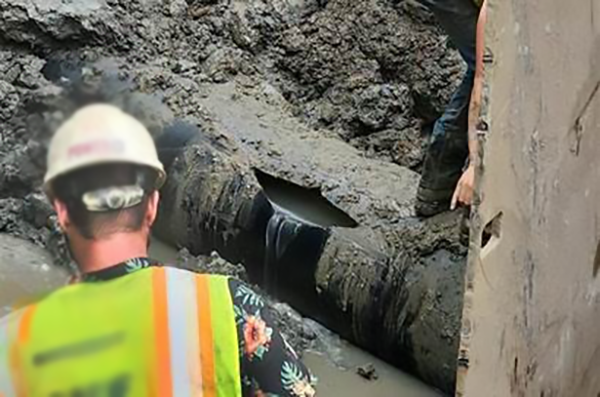Water Audits: A Critical Tool for Public Water Systems
Public water systems can perform water audits to better understand how water is utilized in their system, and to identify improvements for data collection and water loss reduction. The American Water Works Association’s (AWWA’s) M36 Water Audits and Loss Control manual and associated software provide a standard method for performing water audits and interpreting their results.
The audit methodology utilizes a mass balance approach and breaks production into “buckets” of authorized consumption and water losses. The methodology compares actual water losses to what is called Unavoidable Real Losses to determine an Infrastructure Leakage Index that can be used for trending and comparison to other systems.
In Massachusetts, water audits can be funded through the Massachusetts Department of Environmental Protection (MassDEP) Water Management Act (WMA) grant program. WMA permit and registration holders with unaccounted-for-water (UAW) above 10% of production are encouraged to complete a water audit to analyze their causes and develop future actions to reduce water loss.
The audit includes data collection, records review, and data validity analyses to help quantify “Real” and “Apparent” water losses. Each PWS receives a report summarizing the results and accompanied by an AWWA dashboard of key performance metrics.

Water main breaks and leaks contribute to Real Losses.
Findings & Recommendations
Our team performed 30 audits under the MassDEP grant program over the last year. Recommendations parted into two categories: ways to improve quality of data collected and approaches to reduce water losses.
Recommendations on data validity were tailored to the specific results, but the three commonly recommended improvement areas were: source water meter calibration; customer meter testing and calibration; and improving accuracy of data collected for authorized, unmetered consumption.
Water loss control recommendations were also provided on a case-by-case basis. Improving customer meter accuracy, increasing the frequency of leak detection, and conducting a Loss Component Analysis to better understand the origin and attribution of water losses were common recommendations.


